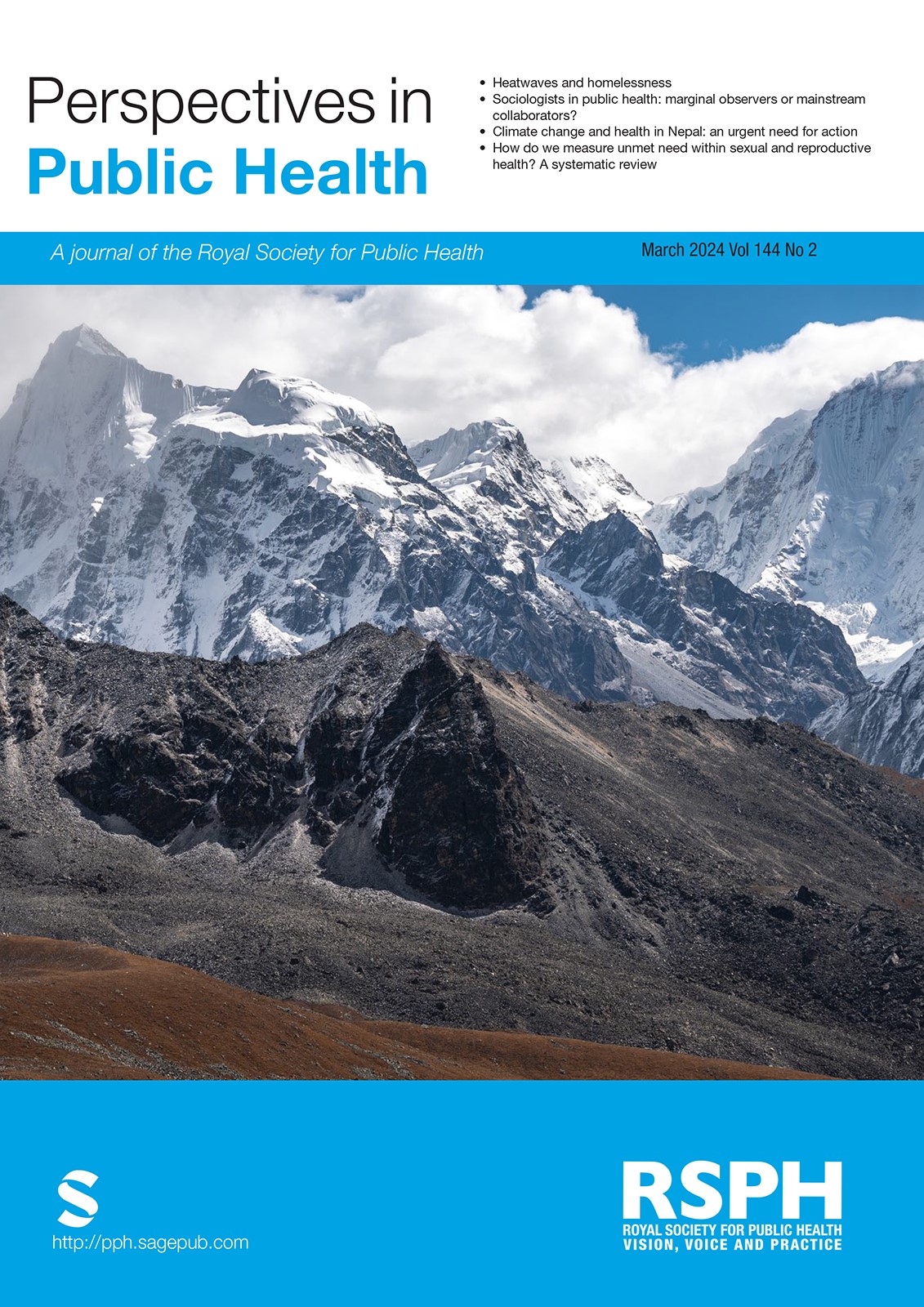Predictors of fuel poverty and the equity of local fuel poverty support: secondary analysis of data from Bradford, England
IF 3.5
4区 医学
Q1 PUBLIC, ENVIRONMENTAL & OCCUPATIONAL HEALTH
引用次数: 0
Abstract
Aims:Addressing fuel poverty is a critical public health issue given its recent rise in prevalence across Europe. Although previous research identifies national risk markers of fuel poverty, evidence is lacking on whether these are consistent across local geographies, and the equity of local interventions. In the UK’s current economic climate, it is more crucial than ever that services benefit households in greatest need. This study aimed to determine significant predictors of fuel poverty among households in Bradford, England, comparing them to national-level predictors, and evaluate if households possessing significant fuel poverty predictors were equitably referred to a local fuel poverty service (Warm Homes Healthy People, WHHP).Methods:A multivariate logistic regression model determined significant fuel poverty predictors in Bradford using household-level data from the Energy Saving Trust and the Low Income High Costs fuel poverty definition. Statistical testing highlighted significant differences in predictors of fuel poverty between households referred to WHHP and all Bradford households.Results:Significant ( p < .05) predictors of fuel poverty included: living in an area with lower average household incomes and higher proportion of ethnic minority individuals, and living in a property with a lower energy efficiency rating. Households living in a detached or older property, and homeowners were more likely to be fuel poor. Differences in the direction of the relationship with fuel poverty were identified between some national and local predictors. Most predictors were significantly ( p < .05) overrepresented among WHHP households, suggesting equitable service reach. Ethnic minorities, younger people, and multiperson households were underrepresented.Conclusions:Local fuel poverty predictors were similar to many national-level predictors, but identified differences in the direction of the relationship between some national and local predictors reaffirm the value of locally focused research. WHHP successfully targeted households possessing key predictors, but should ensure that ethnic minorities, younger people, and multiperson households are equitably referred.燃料贫困的预测因素和当地燃料贫困支持的公平性:对英格兰布拉德福德数据的二次分析
目的:鉴于燃料贫困问题最近在整个欧洲的流行率有所上升,解决燃料贫困问题是一个至关重要的公共卫生问题。尽管之前的研究确定了全国性的燃料贫困风险标志,但对于这些标志在不同地区是否一致以及当地干预措施的公平性还缺乏证据。在英国当前的经济环境下,为最需要的家庭提供服务比以往任何时候都更为重要。本研究旨在确定英国布拉德福德地区家庭燃料贫困的重要预测因素,并将其与国家级预测因素进行比较,同时评估拥有重要燃料贫困预测因素的家庭是否被公平地转介到当地的燃料贫困服务机构(温暖家庭健康人,WHHP)。方法:多变量逻辑回归模型利用节能信托基金提供的家庭级数据和低收入高成本燃料贫困定义确定了布拉德福德地区重要的燃料贫困预测因素。结果:显著的(p < .05)燃料贫困预测因素包括:居住在平均家庭收入较低、少数民族人口比例较高的地区,以及居住在能效等级较低的房产中。居住在独立式或较旧房产中的家庭以及房主更有可能陷入燃料贫困。一些全国性和地方性的预测因素在与燃料贫困的关系方向上存在差异。大多数预测因素在 WHHP 家庭中的比例明显偏高(p < .05),这表明服务范围是公平的。结论:当地的燃料贫困预测因素与许多国家级预测因素相似,但某些国家级预测因素与当地预测因素之间的关系方向不同,这再次证明了以当地为重点的研究的价值。世界住房和水计划成功地锁定了拥有关键预测指标的家庭,但应确保少数民族、年轻人和多人家庭得到公平的推荐。
本文章由计算机程序翻译,如有差异,请以英文原文为准。
求助全文
约1分钟内获得全文
求助全文
来源期刊

Perspectives in Public Health
PUBLIC, ENVIRONMENTAL & OCCUPATIONAL HEALTH-
CiteScore
4.50
自引率
1.70%
发文量
74
期刊介绍:
Perspectives in Public Health is a bi-monthly peer-reviewed journal. It is practice orientated and features current topics and opinions; news and views on current health issues; case studies; book reviews; letters to the Editor; as well as updates on the Society"s work. The journal also commissions articles for themed issues and publishes original peer-reviewed articles. Perspectives in Public Health"s primary aim is to be an invaluable resource for the Society"s members, who are health-promoting professionals from many disciplines, including environmental health, health protection, health and safety, food safety and nutrition, building and engineering, primary care, academia and government.
 求助内容:
求助内容: 应助结果提醒方式:
应助结果提醒方式:


